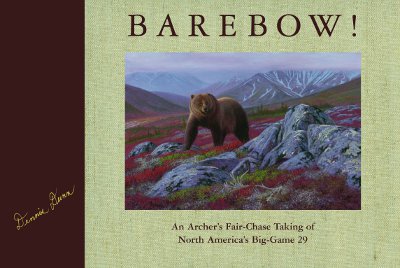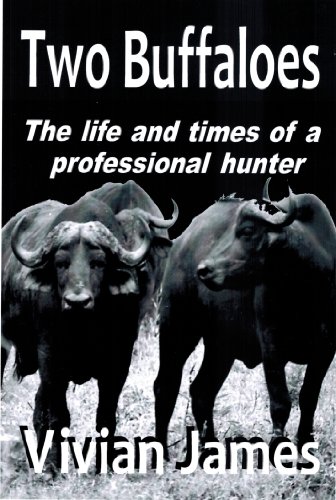
Dennis Dunn must be quite the character, I should surely like to meet him someday. Dennis is one of the very few people to take all of the North American big game animals with a bow and arrow. The title of the book reflects that he did not use sights or a release even with the animals he did harvest with a compound bow.
This book is awesome! There is a nice bit of an intro to address the audience of non-hunters and I think every bowhunter should read it word for word, probably twice. There are many fantastic quotes and illustrations throughout the book, many of my favorites from Jose Ortega Y Gasset. I’ve got to get Meditations on Hunting onto my reading list.
Once you get through the warmup, each species gets it’s own section. They all start with a description of the animal, information about their behaviors and environment and other interesting facts. These offer a great primer to understand the locations, conditions, and why certain methods of pursuit might be more effective for a bowhunter. After spending a few pages getting to know the species, Dennis starts telling the tales of his pursuit of each species in chronological order. Some of these pursuits are very short where success was achieved quickly. Other stories sound much more like my own where several trips are made before he’s able to harvest the animal he was seeking.
Taking a moment here, I think everyone who is new to bowhunting should read at least one of these volumes to appreciate that even a very accomplished bowhunter might take two or three long hunting trips over the course of several seasons in order to harvest an animal. This is the reality of hunting free ranging wild animals. I think many hunters today have watched a few too many TV shows where they need to punch 3 tags in 22 minutes of airtime.
Some of his stories are really incredible! Hazards of mountain weather, bush plane travel, dangerous animals, and troublesome hunting laws are well chronicled. There is a chapter in this book for every hunter, and if you are a generalist, you probably have several. After reading the entire thing end to end, I realized that I’d really like to hunt mountain goats at least once even if not successful, but I don’t ever need to put in for a sheep draw. Moose has gone WAY up my list, while muskox has completely fallen off. Reading about all species at one time really let me sort out which things I want to double my focus on, and what I can ignore all together.
After closing up all the 29 species, there is a bunch of really good advice for bowhunters. A lot about picking outfitters and interviewing guides. Some very practical advice about how to go about the Super Slam if you intend to.
All in all, part of me wishes this was the first bowhunting book I’d read. If I had 5 starts to give, it would get all 5 stars. Totally a winner.
While I purchased all volumes separately on my Kindle, I wish I would have bought this in hard copy available on his website. There is so much referenceable information in this book I’m still considering buying a hard copy inspite of the price and having already paid for all the electronic versions.

